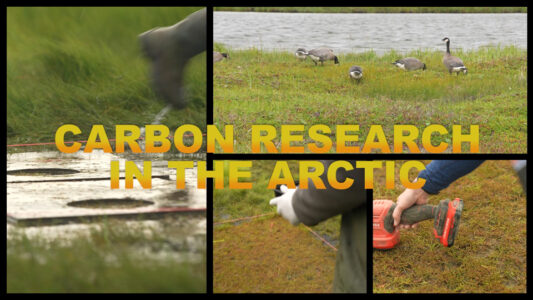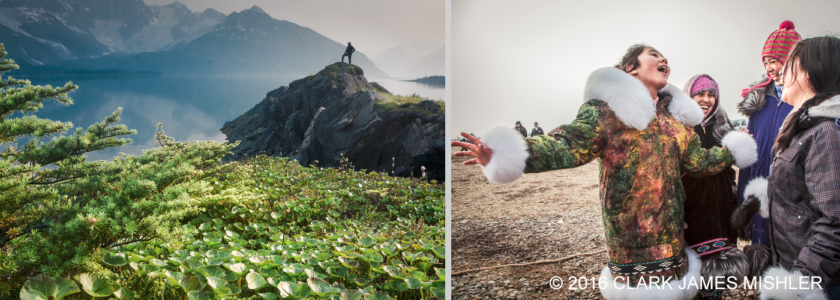By Carin Ashjian for The Arctic Winter Cruise 2011
We are moving further south. As we go, the ice is filling the Chukchi Sea, filling that sea with us still in it. A few days ago, there was sea ice only in the northern part and along the coast. Now, as we go south, the ice extends almost all the way across the Sea and down through to the Bering Strait. It is remarkable, being here while the ice is forming. The ship moves easily through this new ice, only bumping a little as she easily knocks aside the newly formed pancakes.
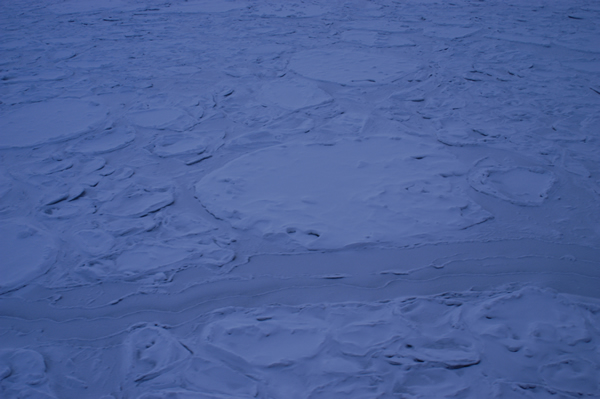
So far we have completed work near Barrow, near Point Lay, and we are now going south to work in the southern Chukchi Sea. Tonight we are moving south along the border between Russia and the United States. Russia is on our right, the US is on our left. Our days have fallen into routine, with each day following similar patterns but with new and interesting discoveries in our data and in our nets. To date we have sampled at 78 locations, doing a CTD cast at each, a VPR cast at most, and a bongo net haul at about half. Soon we will move into the Bering Sea. We are fortunate that the ice has been advancing so quickly, since the northern portion of the Bering Sea is ice-covered and will dampen the waves.
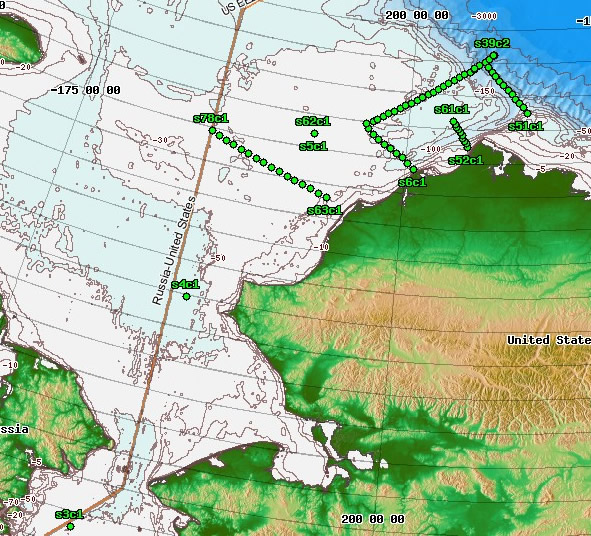
Usually the ship also follows a weekly schedule but this long weekend they have been relaxing a bit. There have been special events in the evening. Last night was casino night, with poker, roulette, and the like played on the mess deck. Tonight was bingo night and a movie in the helicopter hanger. Tomorrow (Sunday) is the end of the long weekend and a return to the regular schedule starts on Monday. Although we scientists have not stopped working, the ship feels relaxed and we do get a sense of the holiday weekend (not to mention the near constant football on the television!).

With our movement south has come moderate weather. Now we think it is warm outside, when the temperature is only 6 degrees Fahrenheit! In comparison with the temperatures of just a week ago, this is positively balmy! Our stations are also located in much shallower water so that the time we spend on deck putting the instruments and nets in and out is much reduced (because the shallower water means that it takes less time to sample over the entire water column).
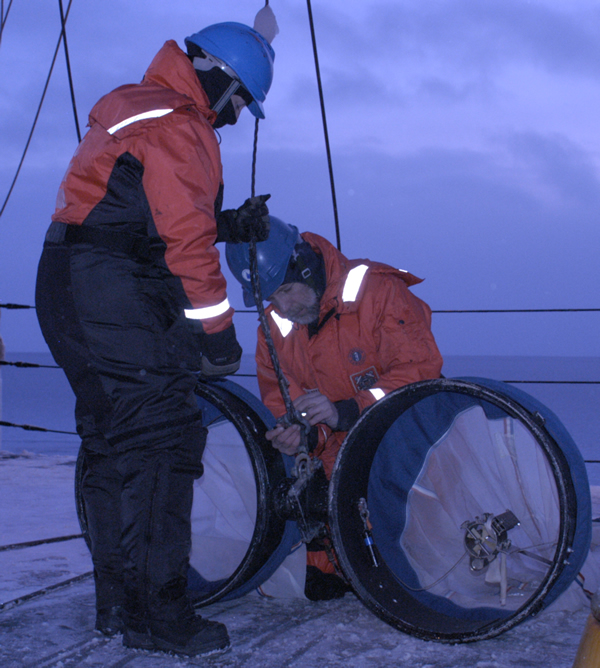
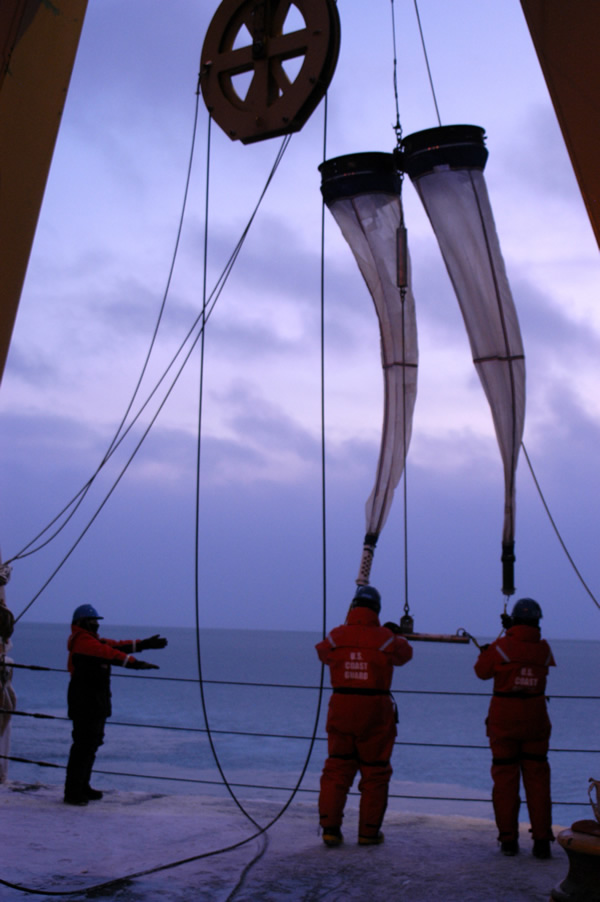
Because we will be further south, it looks as though the sun will actually rise above the horizon tomorrow! A rather short winter of no sun for us, particularly in comparison with the people who live in Barrow on the northern coast of Alaska where the sun will not rise again until the third week in January. It will be almost strange to see the sun again but most welcome.
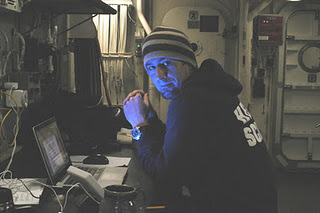
By Carin Ashjian for The Arctic Winter Cruise 2011, WHOIExpeditions http://arctic-winter-cruise.blogspot.com/2011/11/into-southern-chukchi-sea.html Sunday November 27th, 2011
Read the Cruise Overview.
Go to the article list on the FS project page.
See WHOI’s audio slideshow highlighting the cruise.
